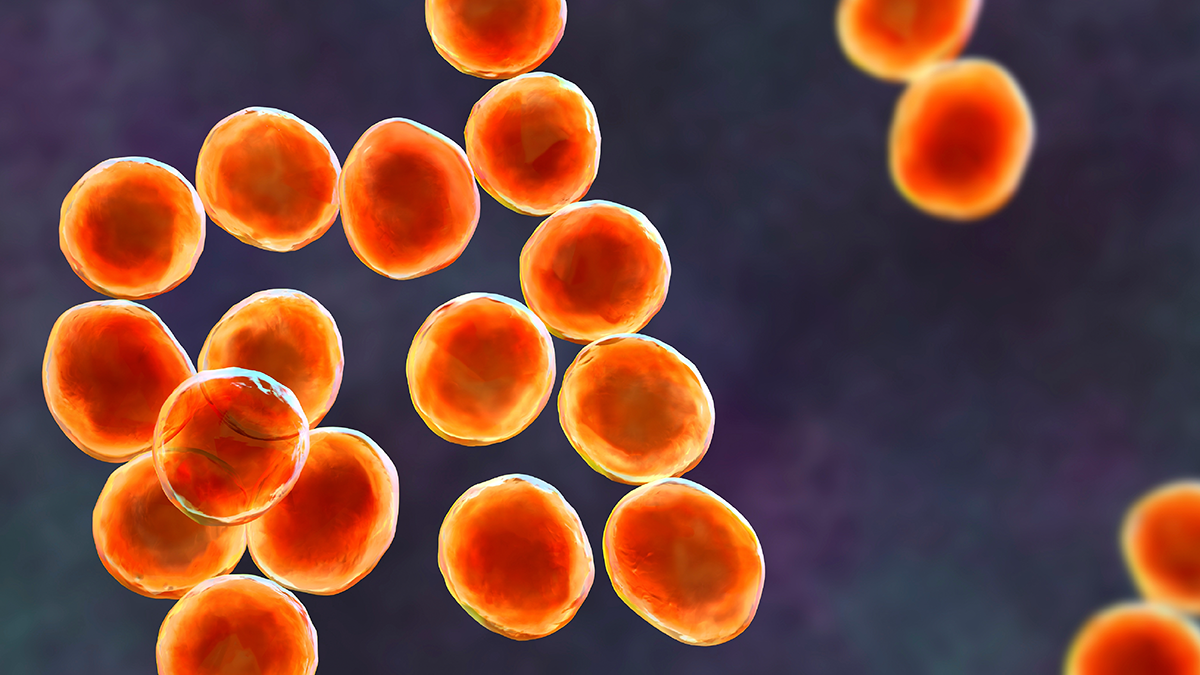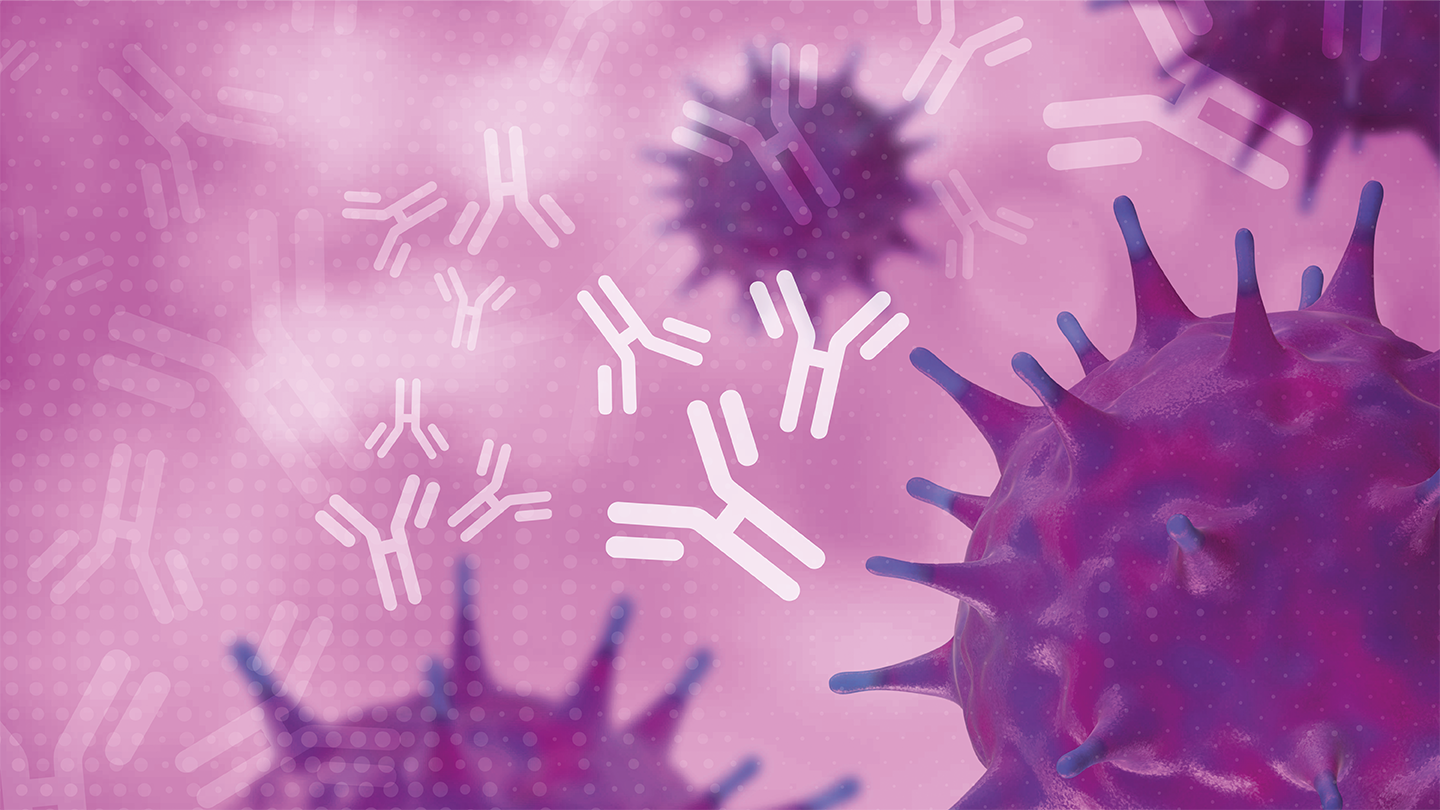Bacteriocins Against Bacteria
Researchers have discovered a new bacteriocin that could inhibit growth of drug-resistant pathogens
Staphylococcus haemolyticus is a common cause of hospital-acquired infections, especially in immunocompromised individuals. It can be hard to treat because it is multidrug-resistant and can form biofilms – but a new solution may be on the horizon.
In a recent study, researchers from UiT The Arctic University of Norway tested clinical and commensal S. haemolyticus isolates for bacteriocin production (1). In one commensal isolate, they found an antimicrobial substance with the same properties as bacteriocins that inhibited the growth of S. haemolyticus.
Further testing revealed this substance as a novel two-peptide lantibiotic – a sub-class of bacteriocins – and it was subsequently named romsacin. Romsacin was found to be effective against not just S. haemolyticus, but also against other Gram-positive bacteria such as methicillin-resistant S. aureus and vancomycin-resistant Enterococcus faecium – both of which are on the World Health Organization’s list of high priority pathogens. Romsacin also eliminated the biofilms formed by these bacteria, demonstrating its potential in the fight against antibiotic-resistant pathogens.
Currently, the team is unsure on romsacin’s structure and mechanism of action, and they still need to establish its therapeutic potential, but their findings are a promising first step. “This discovery is the result of something we have been researching for several years. Developing romsacin – or other promising substances – into new antibiotics is very expensive and can take 10–20 years,” said Runa Wolden, lead researcher on the study, in a press release (2). “This naturally means that there is a long way to go before we can say anything for sure. What we already know, however, is that this is a new bacteriocin, and that it works against some types of bacteria that are resistant to antibiotics. It’s exciting.”
References
R Wolden et al., “The novel bacteriocin romsacin from Staphylococcus haemolyticus inhibits Gram-positive WHO priority pathogens,” Microbiol Spectr, [Online ahead of print] (2023). PMID: 37905822.
UiT The Arctic University of Norway, “Skin bacteria can save lives” (2023). Available at: bit.ly/40Tgw8V.





